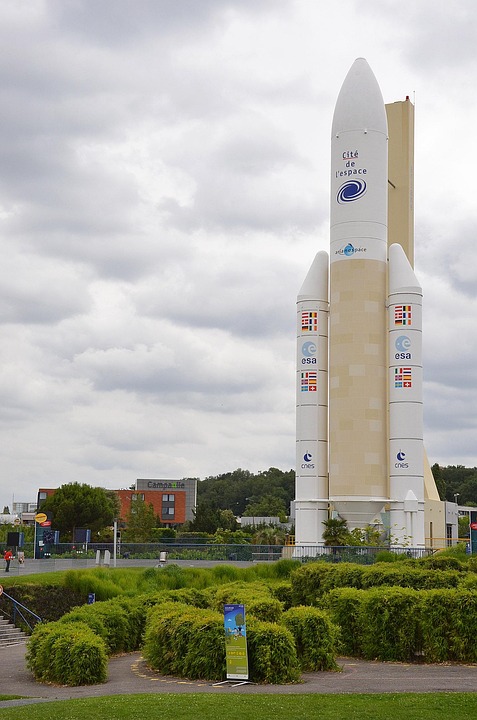Metaverse Gaming and Brand Partnerships: A New Frontier for Digital Engagement
The metaverse—a persistent, immersive, and interconnected digital universe—is reshaping how we interact with technology, culture, and commerce. At the heart of this transformation lies metaverse gaming, a domain where virtual worlds transcend traditional entertainment to become dynamic social and economic ecosystems. As gaming platforms evolve into 3D spaces for creativity, collaboration, and consumption, brands are increasingly leveraging these environments to connect with audiences in innovative ways. This article explores the rise of metaverse gaming, the nature of brand partnerships within it, and the opportunities and challenges they present.
What is Metaverse Gaming?
Metaverse gaming refers to interactive, persistent virtual environments where players can engage in real-time activities, build digital identities, and participate in economies driven by blockchain technology, augmented reality (AR), and virtual reality (VR). Unlike traditional video games, which often have closed systems, metaverse games are designed to be open, interoperable, and user-driven. Platforms like Decentraland, Roblox, Fortnite, and The Sandbox allow users to explore, create, and transact within shared digital spaces, blurring the lines between physical and virtual experiences.
These games are powered by technologies such as NFTs (non-fungible tokens) and Web3, enabling players to own and trade digital assets—like virtual land, clothing, or weapons. The metaverse gaming landscape is also fueled by hyper-realistic graphics, AI-driven interactions, and decentralized governance models, creating a rich tapestry of possibilities for both players and businesses.
The Rise of Brand Partnerships in the Metaverse
As metaverse gaming gains traction, brands are recognizing its potential to reach engaged, tech-savvy audiences. These partnerships go beyond traditional advertising, offering immersive experiences that integrate seamlessly into the virtual world. For example:
- Nike’s .SWOOSH: The sportswear giant launched a virtual marketplace in the metaverse, allowing users to buy and sell digital sneakers and apparel.
- Gucci’s Virtual Fashion Show: In 2021, Gucci hosted a digital fashion show in Roblox, showcasing virtual accessories that users could purchase.
- Fortnite’s Travis Scott Concert: A virtual concert experience in Fortnite drew over 12 million players, demonstrating the metaverse’s power to host large-scale events.
- Coca-Cola’s Virtual Experiences: The brand has created immersive in-game zones and events, such as a 2022 "Virtual VR Village" in Roblox.
Such collaborations highlight a shift from passive advertising to active participation. Brands are now designing virtual products, hosting events, and even co-creating content with game developers to enhance user engagement. This trend is driven by the desire to tap into the metaverse’s growing user base, which includes millions of gamers who spend significant time in these digital spaces.
Benefits for Brands and Gamers
For Brands:
- Enhanced Brand Exposure: The metaverse offers a unique platform to reach audiences through immersive storytelling and interactive experiences.
- Direct Consumer Interaction: Brands can engage with users in real-time, fostering loyalty and feedback through virtual events or co-created content.
- New Revenue Streams: Selling digital goods via NFTs or in-game purchases allows brands to monetize without traditional retail constraints.
- Innovation and Identity: Partnering with metaverse games positions brands as forward-thinking, aligning them with cutting-edge technology and cultural trends.
For Gamers:
- Exclusive Experiences: Players gain access to limited-edition virtual items, events, or storylines that blend real-world brands with in-game worlds.
- Creative Freedom: Brands often collaborate with developers to expand game content, offering fresh, engaging experiences.
- Economic Opportunities: Gamers can trade virtual assets, creating new ways to earn income within the metaverse.
These partnerships also foster a sense of community, as users interact with brands in ways that feel organic rather than intrusive. For instance, a car company might allow players to customize virtual vehicles, or a music artist could perform in a game arena, creating a shared cultural moment.
Challenges and Considerations
Despite its promise, metaverse gaming and brand partnerships face hurdles:
- Technical Barriers: High-quality VR/AR experiences require robust infrastructure, which may exclude users with limited access to advanced hardware.
- Privacy and Security: The collection of user data in virtual spaces raises concerns about transparency and ethical use.
- Authenticity: Brands must ensure their presence aligns with the game’s culture to avoid appearing out of place or inauthentic.
- Fragmentation: With multiple platforms (e.g., Decentraland vs. Fortnite), brands risk spreading resources thin across disjointed ecosystems.
- Over-Commercialization: Users may resist partnerships that feel exploitative, emphasizing the need for value-driven collaborations.
Moreover, legal and regulatory frameworks for digital ownership and intellectual property are still evolving, adding complexity for brands and developers.
The Future of Metaverse Gaming and Brand Collaborations
As the metaverse matures, its intersection with gaming will likely deepen. Emerging technologies like 5G and AI could enhance realism and accessibility, while blockchain innovations may streamline virtual transactions. Brands that prioritize creativity, user experience, and ethical practices are poised to thrive.
For instance, automotive brands like Toyota and Lamborghini have already tested virtual car showrooms, while fashion houses like Balenciaga and Louis Vuitton have integrated NFTs into games. These examples signal a broader trend: the metaverse is becoming a critical channel for marketing, engagement, and innovation.
Conclusion
Metaverse gaming represents more than a technological leap—it’s a cultural shift. By embedding themselves into these virtual worlds, brands can forge deeper connections with audiences while gamers enjoy novel, interactive experiences. However, success requires navigating technical, ethical, and creative challenges. As the metaverse continues to evolve, its gaming sector will remain a pivotal space where imagination, commerce, and community converge, redefining the rules of engagement for both businesses and players.
For brands, the metaverse is no longer a distant vision but a battlefield for innovation. For gamers, it’s a playground where reality and digital artifice collide. Together, they are shaping the next era of interactive experiences.






